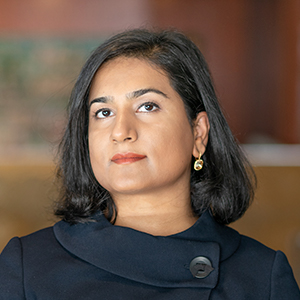How Do Voters Respond to Welfare vis-à-vis Public Good Programs? An Empirical Test for Clientelism
Abstract
Using rural household survey data from West Bengal, we find that voters respond positively to excludable government welfare benefits but not to local public good programs, while reporting having benefited from both. Consistent with these voting patterns, shocks to electoral competition induced by exogenous redistricting of villages resulted in upper-tier governments manipulating allocations across local governments only for excludable benefit programs. Using a hierarchical budgeting model, we argue these results provide credible evidence of the presence of clientelism rather than programmatic politics.
[Staff Report 638: Online Appendix](https://doi.org/10.21034/sr.638) <br>Published in: _Quantitative Economics_ (Vol. 15, Iss. 3, July 2024, pp. 655-697), https://doi.org/10.3982/QE2315.



